Do you have the Human Design 3/5 profile? Then read this blog post to find out how your profile is made up and how you can use your profile to develop naturally in your professional life. I wish you many new insights!
Basically, the Human Design Profiles are derived from the six lines of the basic structure of a hexagram from the I Ching – the Book of Changes. There are a total of 12 combinations of these lines that make up a Human Design profile. In your case, line 3 and line 5 make up the Human Design 3/5 profile. In your Human Design Chart you will also find your two lines as a number behind the point on your conscious sun (personality) and your unconscious sun (design).
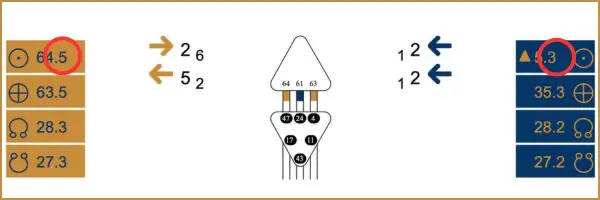
Features of the Human Design lines
Each Human Design Profile embodies a unique perspective on the world and a specific approach to life. Various traits can be derived from this. You are probably aware of the characteristics of the first number – 3. This number is on the right, conscious side of your Human Design chart (the line of the gate in the sun sign).
The traits of the second digit – the 5 – (left side of your chart) are rather unconscious to you. Especially unconscious if you have not yet reached the second half of your life and have not yet fully integrated these traits into your personality. The Human Design 3/5 profile has exciting traits that you are sure to recognize in your professional life. So be curious to see how the 3/5 profile unfolds.
In traditional human design, certain character traits are assigned to the 6 lines of a hexagram (see illustration). These characteristics can be used to draw interesting conclusions about you as an employee or self-employed person. Between the first (lower) three and the second (upper) three lines (lower and upper trigram) there is a change in the way you approach life. The lower 3 lines relate to your own personality, the upper 3 to your environment.
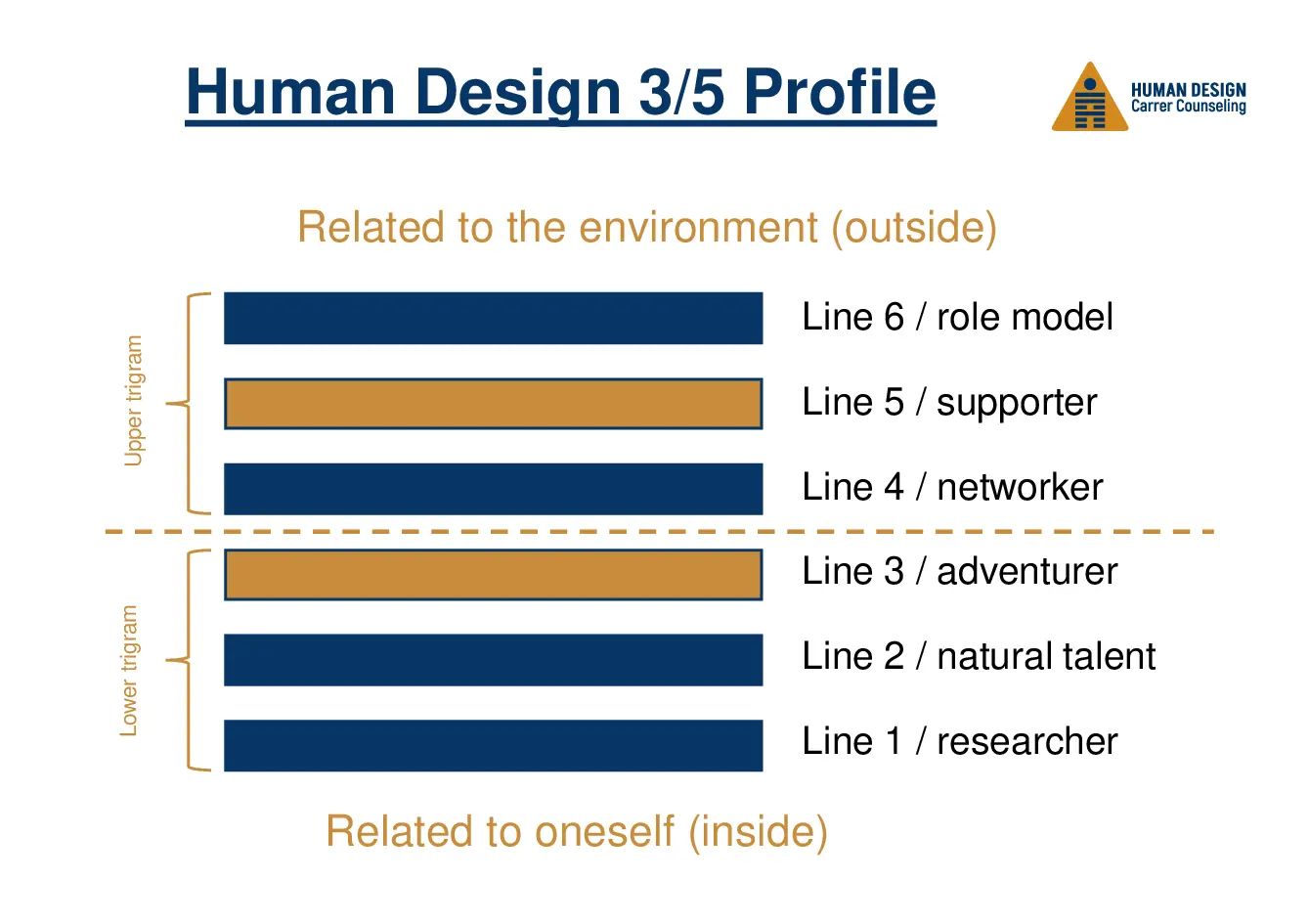
Discover the Human Design 3/5 profile and the meaning of the lines
With the first three lines of the hexagram (seen from bottom to top), the unfolding of your life therefore relates very strongly to your own core being. In general, it is a “self-centered way of learning” for life. So if you have a profile with line 1, 2 or 3, you are discovering life in a self-centered way.
Lines 4, 5 and 6 (upper trigram) develop strongly in relation to your fellow human beings – including your professional environment. Human Design profiles can consist of two self-related lines (e.g. Human Design 1/3), two environment-related lines (e.g. Human Design 4/6) or a mix of self-related and environment-related lines, as in the Human Design 3/5 profile described here.
The Human Design 3/5 profile at work
As a person with the Human Design 3/5 profile, you have a combination of characteristics from the third and fifth lines of the hexagram. The third line, also described as “the adventurer”, characterizes your learning in life through trial and error.
So you are a natural adventurer who learns through direct experience and tends to try things out and learn valuable lessons from mistakes or failures. Your adaptability allows you to recover quickly from setbacks and develop new strategies. You can therefore adapt quickly to changing jobs and working conditions. You are flexible and resilient, which is particularly valuable in dynamic or unpredictable work environments.
The fifth line of the Human Design 3/5 profile gives you a charisma that often leads others to see you as a savior or problem solver. You have the ability to find universal solutions to problems and communicate them effectively. However, this role can also lead to misunderstandings, as you are expected to provide solutions for everyone and everything. It is important that you communicate transparently that you are not the sole savior in times of need to avoid false expectations.
Overall, your strengths lie in both your ability to learn and adapt from experience and your ability to help others and make an impact. Your combination of hands-on learning and ability to bring about solutions makes you a valuable team member. Especially in situations that require creative thinking and quick action. Use your willingness to experiment and your ability to solve problems to innovate and bring about positive change in your own life and the lives of those around you.
“I have not failed. I’ve just found 10,000 ways that don’t work.”
Thomas A. Edison
3 tips for your professional growth
Tip 1: Use your love of experimentation at work too
Your willingness to try out new things and learn from mistakes is a great strength. In your job, you should use this characteristic to find innovative solutions and venture into unfamiliar areas. Don’t be discouraged if not every attempt is crowned with success. Every experience, even failures, are valuable learning opportunities that contribute to your growth. Appreciative superiors understand this.
Tip 2: Communicate clearly and transparently
Because of your 5-line, others tend to have high expectations of you and see you as a problem solver. It is important that you communicate your boundaries clearly to colleagues and superiors to avoid misunderstandings and unfulfillable expectations. Use your natural powers of persuasion from the Human Design 3/5 Profile to drive your ideas and projects forward.
Tip 3: Build trusting relationships
Use your social skills to build trusting relationships in your work environment. Networks can not only help you find support and resources for your projects, but they also provide you with valuable sources of feedback and learning opportunities. Remember that relationships are reciprocal, so be willing to help others and support their projects.
FAQ: Questions about Profile 3/5 in Human Design
How can someone with a Human Design 3/5 profile be professionally successful?
For professional success with a Human Design 3/5 profile, it is crucial to use the willingness to experiment to find creative solutions and at the same time maintain clear and transparent communication to avoid false expectations.
What are the main features of the Human Design 3/5 profile?
The Human Design 3/5 profile is characterized by a combination of experimental learning (3rd line) and a heroic aura (5th line). People with this profile tend to learn through trial and error and are often perceived as problem solvers or innovators in their professional environment.
What challenges can arise for people with a Human Design 3/5 profile?
One challenge for people with a 3/5 profile can be dealing with the high expectations of others who see them as saviors or problem solvers. It is important to remain realistic and communicate your own skills transparently.
How would you describe the combination of the Human Design types with the Human Design 3/5 profile?
Here are suggested combinations for Human Design types with the Human Design Profile 3/5:
- Manifestor 3/5: Experienced problem solver and initiator
- Reflector 3/5: Experienced problem solver and observer
- Manifesting generator 3/5: Experienced problem-solver with a kick
- Generator 3/5: Process-oriented experienced problem solver
- Projector 3/5: Experienced problem solver with powers of observation
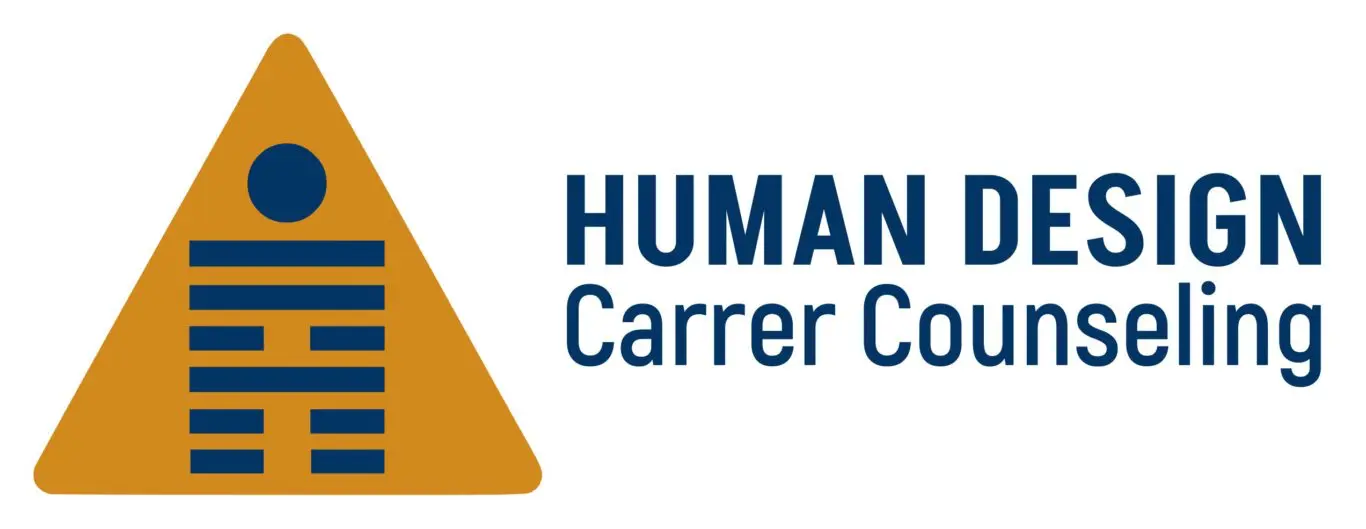
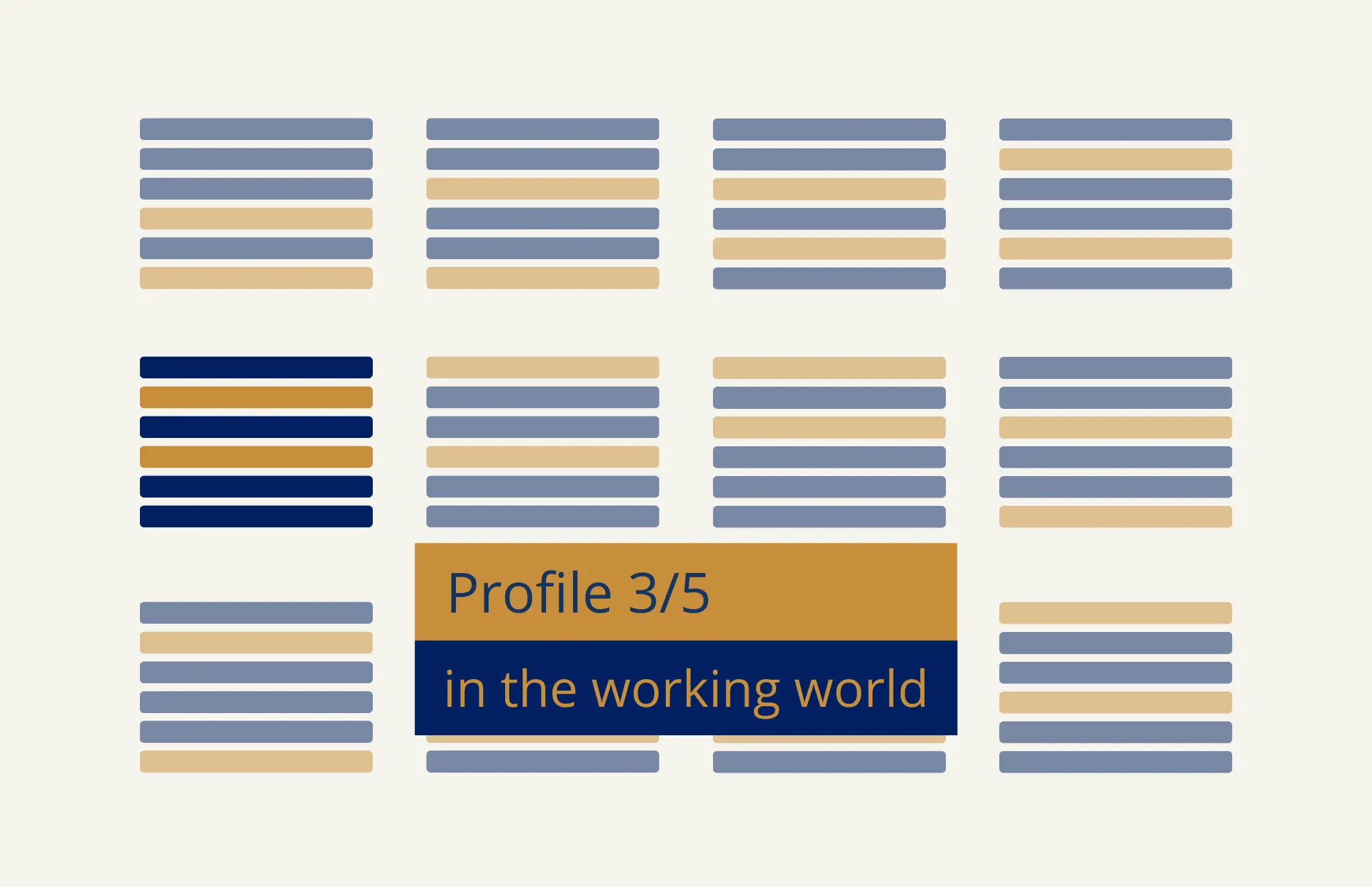
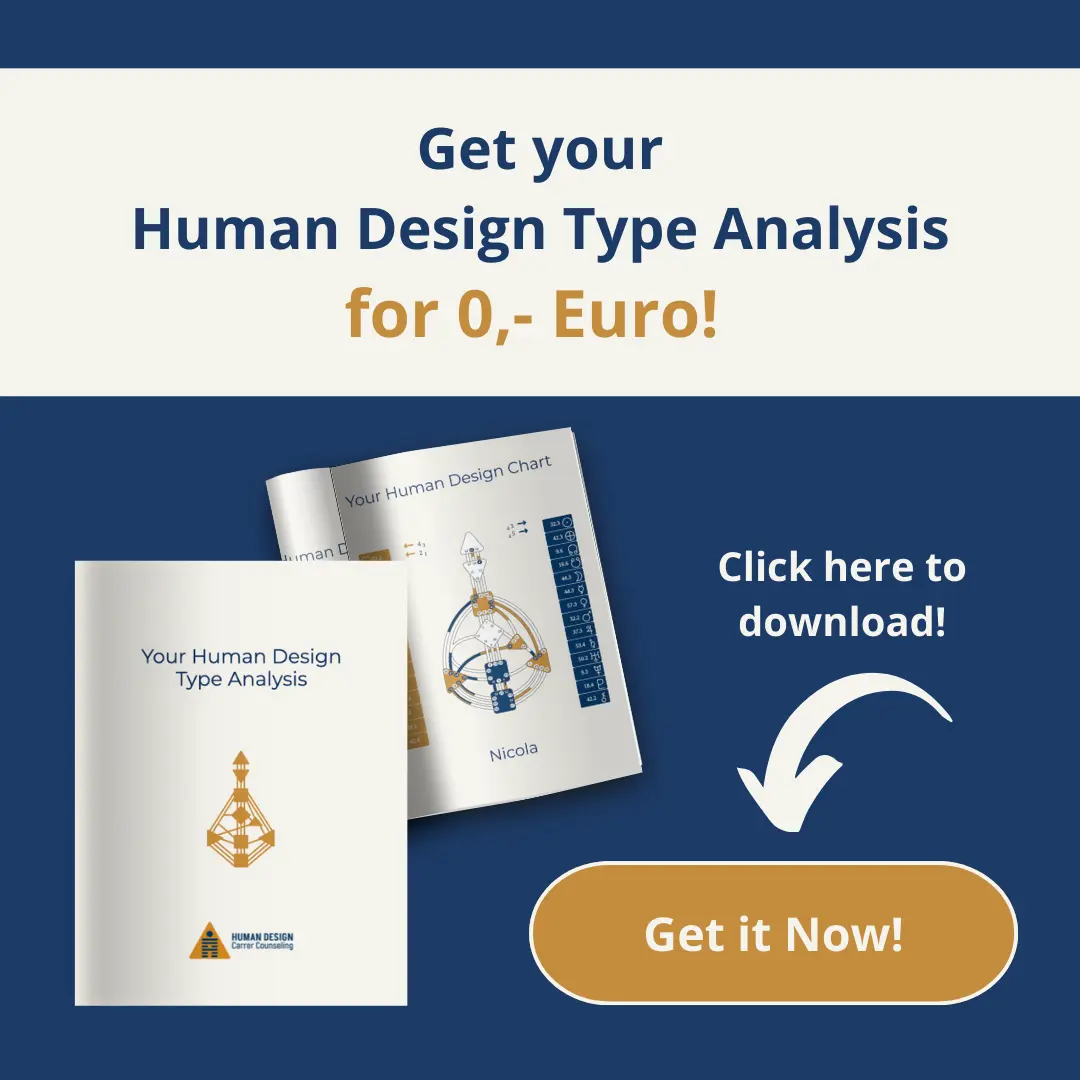


0 Comments